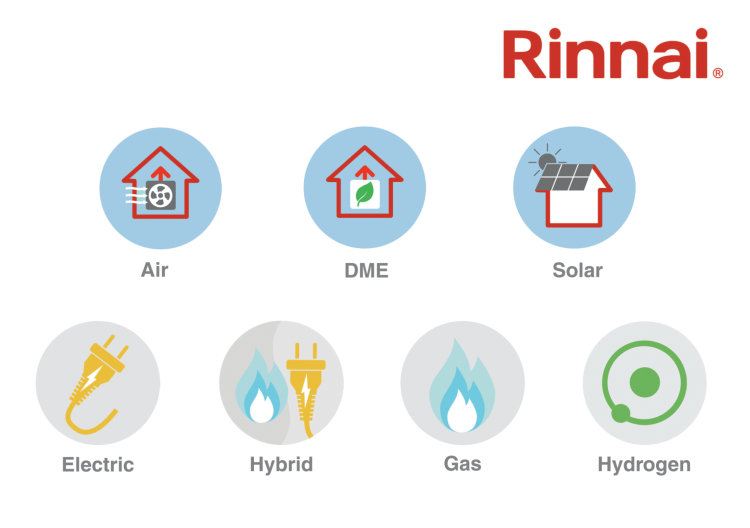02 February 2021 | Updated 03 February 2021
The way we work changed dramatically in 2020 – but how many of the changes will stick as the world escapes the pandemic?
International workplace software experts NFS Technology recently asked FM professionals and C-suite executives for their opinions – and what workspace decisions they plan to make.
The company, which provides Rendezvous Workspace software to over a thousand clients worldwide, carried out the survey to provide important pointers for workspace leaders trying to stay ahead of the game.
“In this time of great workplace evolution, making robust workplace plans and decisions depends more than ever on having the right data,” said Luis De Souza, CEO of NFS Technology.
“The accelerated move to home and agile working, and the increased emphasis on safety and wellbeing, are creating new and evolving demands. These require careful handling if productivity, creativity and talent retention are to be maintained.
“The fascinating results of our survey – which include some surprises – provide valuable information to help workspace professionals with their plans and actions for the workplace in 2021.
Who Responded?
- 51 per cent from the United Kingdom
- 20 per cent from Asia
- 12 per cent from the US
- 4 per cent from Australia
Respondents ranged from senior facilities heads to CIOs, CEOs and Managing Directors. 6 per cent of the 100 respondents were from the C Suite. Companies represented included international law firms, major banking institutions and global IT companies and others.
Key Findings
56 Per Cent Indicated No Change in Space Profile. Why?
- Lease commitments
- Need more space per employee
- Uncertainty about home working long term
- Information gaps on space utilisation
- Keeping space but re-deploying
- Other priorities right now
34 Per Cent are Looking to Reduce Space, the Majority by Over 25 Per Cent. Why?
- Making a transition to new styles of work
- Priority on reducing costs
- Embracing home working more proactively
- See the office as the “Brand Value” facility and collaboration hub
- More willing to confront fixed-term obligations.
De Souza said: “There is still some uncertainty about space requirements in the short term.
“However, many organisations have shifted successfully to flexible working during the pandemic, and this is encouraging workplace leaders to rethink the way they use their space.
“Desk sharing and hoteling will become increasingly part of the workplace strategy, and meeting spaces will become Teams/Zoom-enabled collaboration hubs.”
55 Per Cent say Agile Working Will Increase in 2021
- Many feel an element of home working is here to stay. The choice of workstyles is seen as a massive motivator for talent attraction and staff retention
- The majority feel staff can work more effectively at home
- Staff still want to come back to work, because they miss the camaraderie and informal engagements
- There are growing concerns around wellness and the impact of loneliness
De Souza commented: “Respondents believe a successful 2021 workplace will combine different workplace types, aligned to tasks and collaboration needs.
“With the workplace becoming increasingly agile, respondents rated desk utilisation information No 1 in terms of critical data – yet there is a worrying lack of clarity on how to capture and analyse it to support space planning.”
46 Per Cent say the Board Set the Direction of Workplace Change
Others contributing to decisions are:
- Admin - 13.64 per cent
- Facilities - 11.36 per cent
- Other - 11.36 per cent
- IT - 10.23 per cent
- CRE - 4.55 per cent
- HR - 2.27 per cent
De Souza said: “Given the increased concerns about worker wellbeing – and it impacts on productivity, recruitment and retention – it’s surprising functions such as HR and CRE are not playing a more strategic planning role.”

Picture: a photograph showing a meeting desk with various hands, working on laptops, tablets and pieces of paper. This is overlayed by transparent graphics on graphs and other data
57 Per Cent say Technology will be a key Workplace Driver in 2021
Other drivers are home working, collaboration and virtual meeting platforms.
“Technology is no longer a catalyst in the workplace – it’s foundational,” said De Souza.
“Clearly, it supports all the other drivers to change respondents. But the results prompt questions about the way workplace leaders think about technology.
“It was surprising that IoT, occupancy sensors and wayfinding – all-important creating an efficient agile workplace – were not top investment priorities.
“The big questions around connected technology and a more holistic approach to technology deployment did not seem critical factors. We believe workplace leaders need to make a significant shift in their strategic thinking.”
But Luis warned that while technology is important in the evolved workplace, it is not a panacea for all ills.
“There is broad consensus that we need to avoid stifling creativity as we build the new workplace,” he said.
Six challenges for Workplace Leaders
- Overcoming employees’ safety concerns about returning to the office
- Identifying what their organisation wants from its workspace
- Curating home and remote working for productivity and collaboration.
- Planning for wellbeing to promote productivity and retain talent
- Building agile teams that collaborate in new ways
- Handling visitors to this agile workplace efficiently“Technology provides solutions to these key challenges in a number of ways,” said De Souza.
“It streamlines the agile workforce journey – staff can co-ordinate home, remote and office-based working by booking desks and meeting spaces via an app and graphical floorplans. This creates good organisation and an efficient working day.
“Meeting spaces can become now Teams/Zoom/ WebEx enabled spaces catering for both in-house and external attendees, and multi-location events can be organised in a few clicks, even across time zones.
“The technology also integrates with other systems and technologies such as Outlook and digital signage, and with sensors that provide the desk and room utilisation data that is so prized yet currently so hard to come by.”
“The Workplace 2021 Survey has provided a valuable insight into the thinking of workplace leaders world, and it’s clear that any successful future workplace strategy will be driven by technology. Our workplaces will never look the same again – and we will use them in new ways. Workplace leaders who want to build and retain a talented, productive team must respond to this constantly.
“The secret of success lies in taking the elements of change and making them fit with the culture, size of business and workplace you have in mind for your organisation.”
You can view Luis De Souza’s RE:Connect session on the survey here.
Picture: a photograph of staff members gathered around a table to speak to someone via video meeting. A screen showing another person can be seen
Article written by Ella Tansley | Published 02 February 2021
Share
Related Articles
What Are You Doing To Welcome The Most Agile Working Generation Yet?
In this guest post, Luis De Souza provides some interesting insights on accommodating Generation Z into the workplace. De Souza is the CEO of NFS Technology Group,...
Read Full Article
Mitie Report Reveals a 'Productivity Black Hole' in UK Workplaces
A new survey shows that UK employees estimate they lose 68 minutes every week to “unproductive workplace tasks”, including navigating workplace procedures and...
Read Full Article
SFG20 Report Reveals FM Industry Challenges
Adhering to new legislation, understaffing, and technological adoption barriers are some of the FM industry’s biggest challenges, according to a new...
Read Full Article
IWFM Invites Industry to Participate in Skills Survey
The Institute of Workplace and Facilities Management is inviting everyone working in the FM sector to contribute to its 2024 skills survey.
Open until 3 July 2024, the...
Read Full Article
IWFM’s 2024 Market Outlook Report Reveals Progress Alongside Inertia
IWFM has published its insights from the latest facilities management market report, suggesting a mixed landscape of increased space management and budgetary...
Read Full Article
Have Your Say in the UK Net-Zero Business Census
ThisWeekinFM Partner Planet Mark has launched its UK Net-Zero Business Census, the largest private sector sustainability research initiative of its kind.
Delivered by...
Read Full Article
Largest UK Employee Diversity Survey Outcomes Revealed
A survey of over 526,000 people working in the built environment has revealed ongoing challenges in the sector’s progress in making an inclusive environment that is...
Read Full Article
Average Tradesperson Loses Out on Over £1,400 a Year Working at ‘Mates Rates’
A survey of tradespeople in the UK shows that they lose an average of over £1,400 a year doing work for free, or at reduced rates, for friends and relatives.
500...
Read Full Article
Insights from RICS UK Facilities Management Survey
The Royal Institution of Chartered Surveyors has published its latest quarterly FM survey, which collects data from facilities managers, service providers and FM...
Read Full Article
IWFM Outlook Survey Reveals Challenges in FM Sector
The IWFM’s Market Outlook Survey 2022 finds challenges of supply chain squeezes, creeping inflation and a skills shortage of frontline workers.
Each year,...
Read Full Article



.gif)
.gif)
.gif)








.png)

